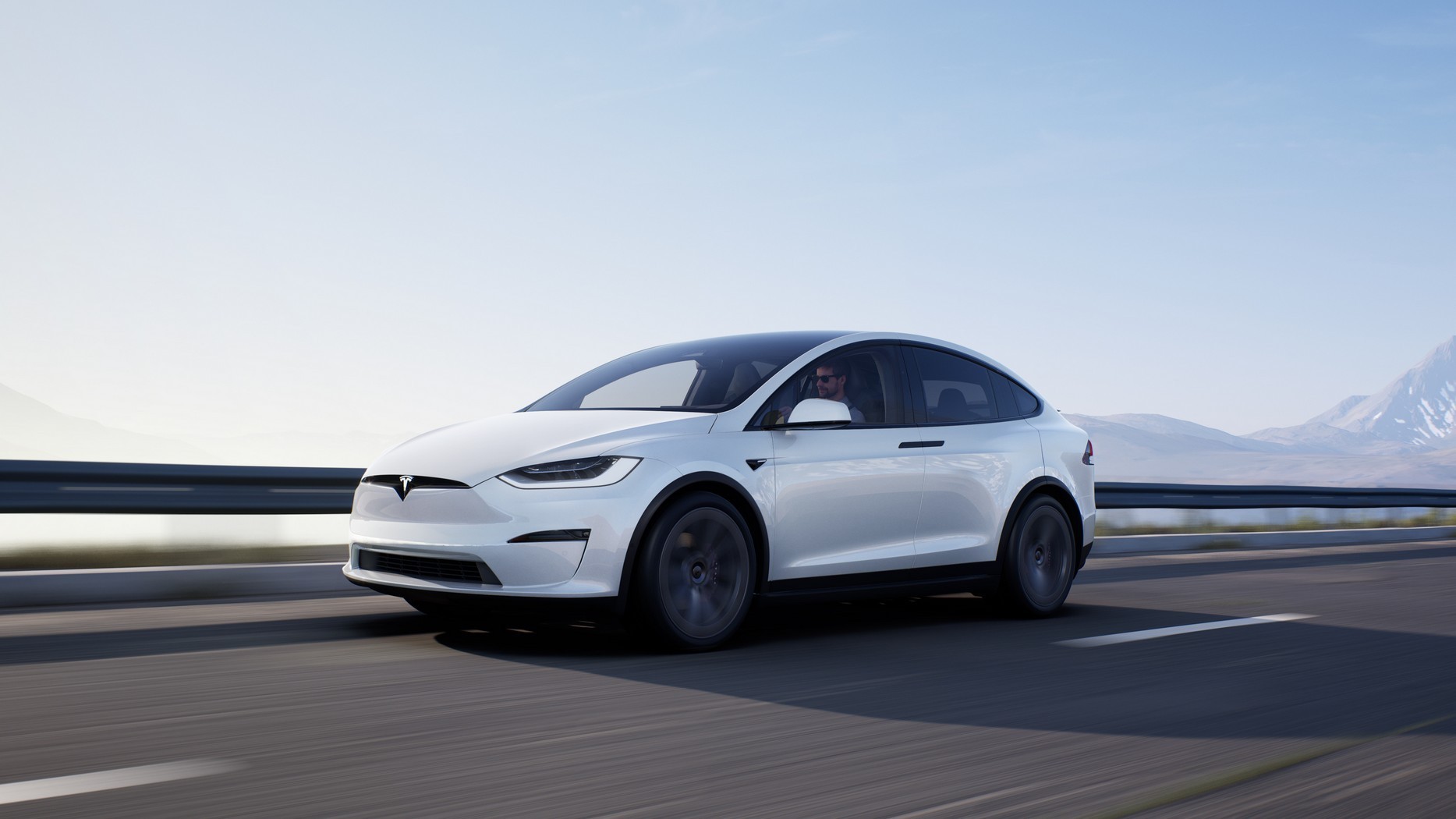Debuting in 2012 and 2015 respectively, the Tesla Model S and Model X were once the company’s crown jewels, pioneering luxury electric vehicles with impressive performance and range. However, recent sales figures suggest a potential shift in consumer preferences.
Unlike the wildly popular Model 3 and Y, whose success is readily apparent in clear sales breakdowns, Tesla lumps together the sales figures for the Model S, X, and Cybertruck under the ambiguous category of “other models.”
This lack of transparency makes it difficult to gauge the individual performance of the S and X. Nevertheless, a closer look reveals a potentially declining trend. Tesla’s second-quarter 2024 deliveries showcase a stark contrast: a whopping 422,000 units for the Model 3 and Y compared to a meager 21,551 for “other models.”
This disparity reflects a similar pattern in 2023, where the Model 3 and Y dominated with a staggering 1.7 million deliveries, dwarfing the combined figures for the S, X, and Cybertruck (a mere 68,874). Further adding to the narrative of a potential sales slowdown for the S and X is Tesla’s recent price hike.

Despite facing stiffer competition in the luxury EV segment, the company raised prices by $2,000 across the board for both the Model S and X. This move might alienate potential buyers, especially considering the starting price of the 2024 Model S now sits at $74,990, even exceeding the recommended price of the comparable Mercedes-Benz EQS 450+ after factoring in the potential $7,500 federal tax credit for qualifying electric vehicles (a credit the Model S no longer qualifies for due to its price point).
While the Model S still boasts superior acceleration and driving range compared to the EQS, the price increase narrows the performance gap in the eyes of some consumers, potentially impacting sales. In the luxury electric SUV arena, the Tesla Model X faces stiff competition, but it still holds its own in key areas.
Despite a higher price tag than the standard Model S, the Model X boasts an impressive range of up to 335 miles and neck-snapping acceleration that can propel it from 0 to 60 mph in as little as 2.5 seconds, all while maintaining a weight advantage over comparable plug-in hybrid performance cars from BMW and Porsche.
This combination of performance and efficiency makes the Model X a compelling option, especially considering Tesla strategically priced the base All-Wheel Drive variant to qualify for the $7,500 federal tax credit.
Interestingly, Tesla bundled the seven-seat option with the Full Self-Driving package, likely another tactic to maximize the car’s appeal to credit-conscious buyers. While these price adjustments might suggest high demand, it’s important to remember that Tesla prioritizes production of its higher-volume Model 3 and Y vehicles.

